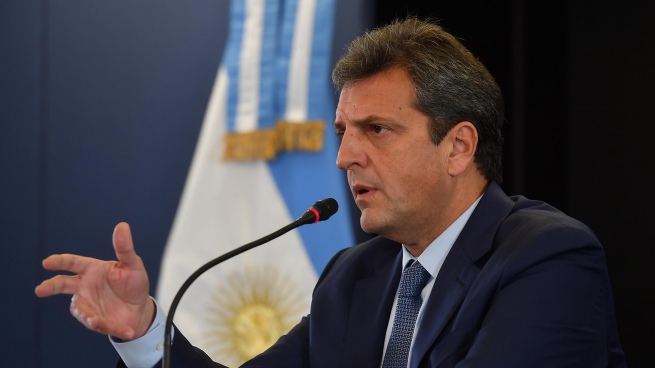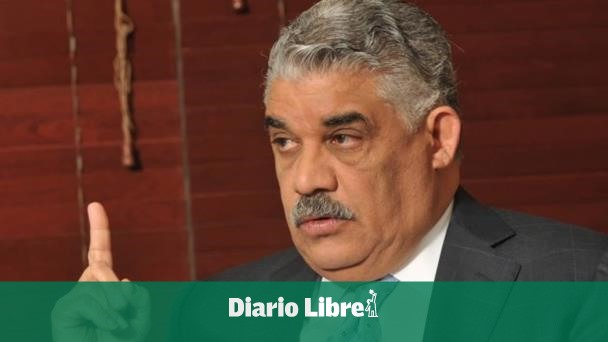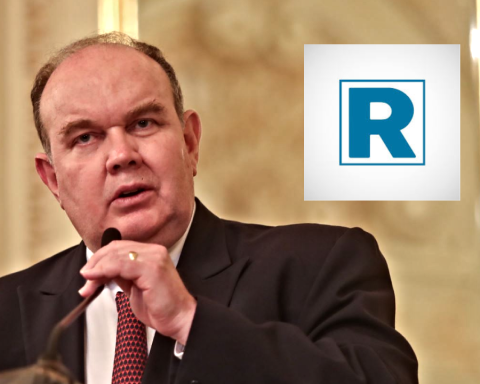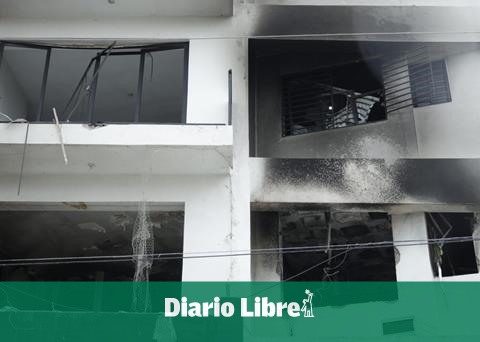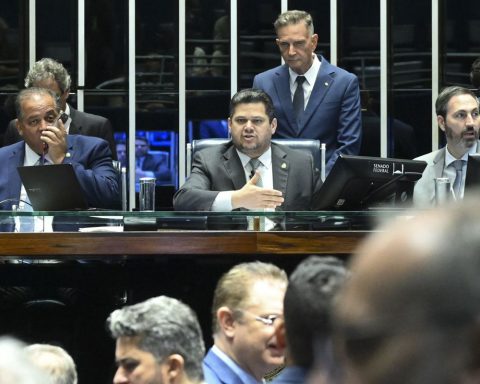The Minister of Economy, Sergio Massa, announced this Sunday a new soy settlement scheme with an exchange rate of 200 pesos exclusively for this complex from September 5 to 30 and forecasts that 5,000 million dollars will enter during the month, and 1,000 million dollars in the first 72 hours.
In a press conference, Massa gave details of this new scheme that It will only be valid for 25 dayswhich “intends to generate an export promotion regime, strengthen reserves and make it transparent.”
“This program is for voluntary adherence, it is not mandatory and it starts tomorrow. The objective is to put incentives on the table based on an effort made by the national State and recognition of the price for the producer in a simple, straightforward and transparent“.

Thus, the decree that will be published in the next few hours, will allow a blackboard price for producers above 70,000 pesos per ton, which means a jump of around 20,000 pesos, compared to the closing price of last Thursday, so “in net terms it represents the same as if they were 0 withholdings for the product”.
In addition, the decree provides that “Those Argentine producers that adhere to more than 85% ownership in this program will have the opportunity to continue participating in the benefit program in the coming months.”
On the other hand, the national official assured that an agreement was reached with the exporting companies, present during the announcements, in which “$5 billion guaranteed settlement expected in September, of which $1 billion to be settled within the first 72 hours and the opportunity that in this joint work between the state and the export sector we can advance with a clear slate price”.

It is worth mentioning that to date there is a delay in the domestic marketing of soybeans of almost 6 million tons compared to the same date last year, which, with this improvement in the exchange rate for the soybean complex, seeks to speed up sales.
On the other hand, Massa announced that as a result of the higher income that this generates due to the exchange appreciation, it allows two programs to be put into operation.
One is to strengthen all regional economies to find mechanisms to increase exports based on better prices and aid and compensation to regional economies and another through Anses to help the most vulnerable sectors “understanding that this effort made by the State paying a higher price has a social correlate to offset the problem of inflation”.

According to Massa, “the fiscal effort of the new export settlement system is around 600,000 million pesos.”
The Secretary of Agriculture, Juan José Bahillo, his Commerce counterpart, Matías Tombolini, the president of the Central Bank (BCR), Miguel Pesce, and representatives of the grain exporting sector were present at the announcements.
